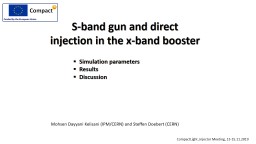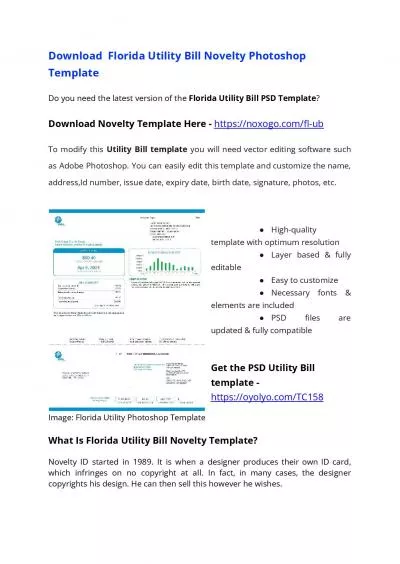PPT-Florida MPA and College Band Programming in 2016-2017
Author : anya | Published Date : 2023-09-18
Jason S Ladd PhD Music Department College of Liberal Arts Nicholls State University Jason S Ladd PhD Department of Music Nicholls State University PO Box 2017 Thibodaux
Presentation Embed Code
Download Presentation
Download Presentation The PPT/PDF document "Florida MPA and College Band Programming..." is the property of its rightful owner. Permission is granted to download and print the materials on this website for personal, non-commercial use only, and to display it on your personal computer provided you do not modify the materials and that you retain all copyright notices contained in the materials. By downloading content from our website, you accept the terms of this agreement.
Florida MPA and College Band Programming in 2016-2017: Transcript
Download Rules Of Document
"Florida MPA and College Band Programming in 2016-2017"The content belongs to its owner. You may download and print it for personal use, without modification, and keep all copyright notices. By downloading, you agree to these terms.
Related Documents

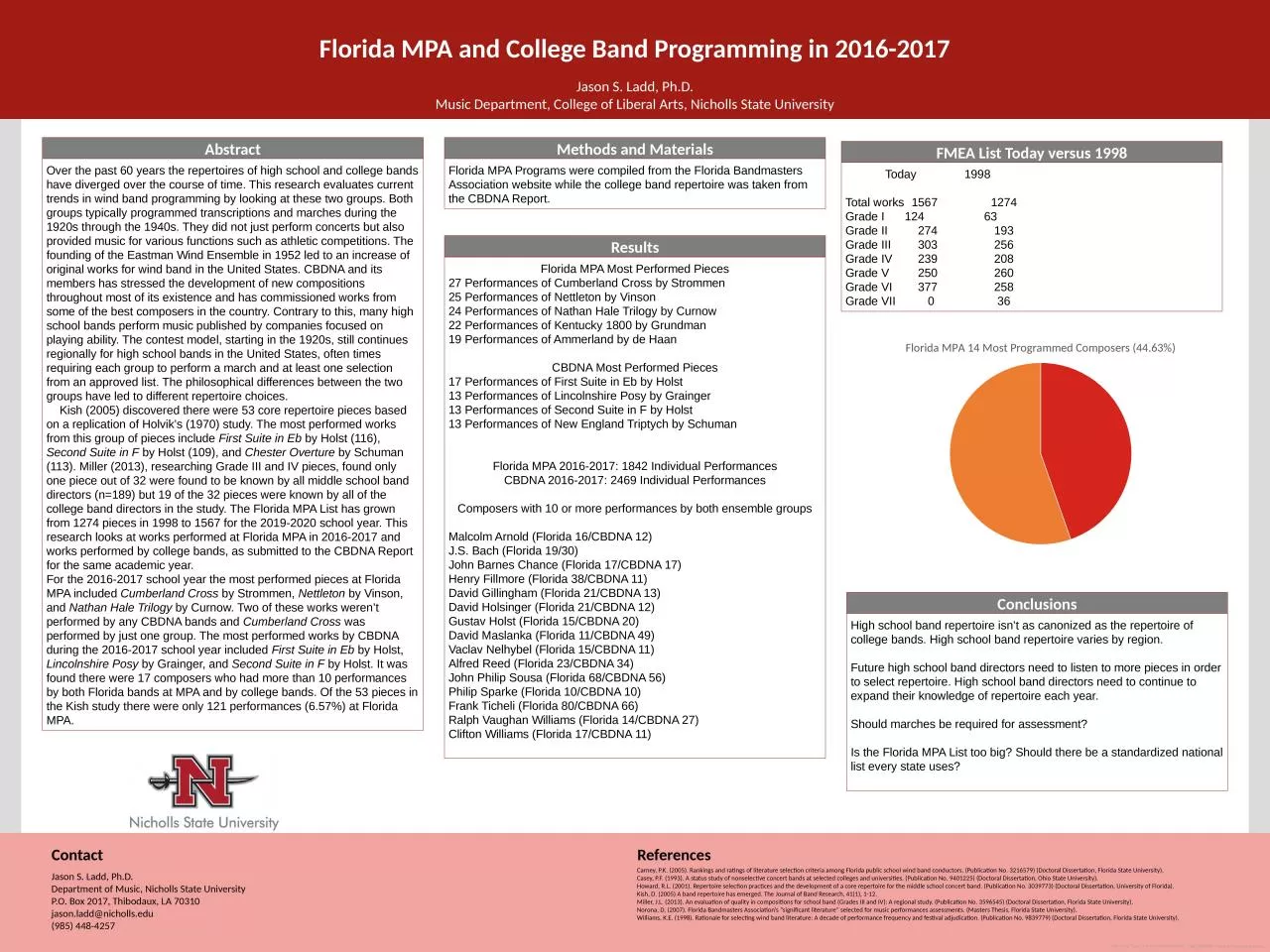
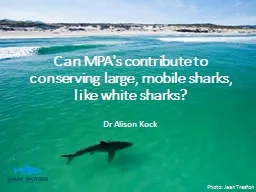


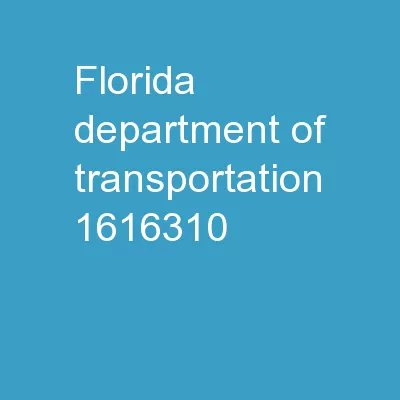
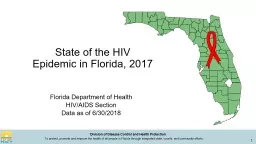
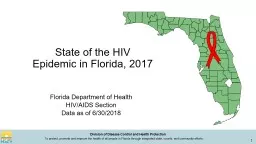
![[eBOOK]-Programming 19:C Programming Professional Made Easy & Excel Shortcuts (Excel Programming,](https://thumbs.docslides.com/980131/ebook-programming-19-c-programming-professional-made-easy-excel-shortcuts-excel-programming-microsoft-excel-python-for-beginners-c-programming-c-programming-languages-android-c-programming.jpg)
![[FREE]-Programming 16: Python Programming In A Day & C Programming Professional Made Easy](https://thumbs.docslides.com/980148/free-programming-16-python-programming-in-a-day-c-programming-professional-made-easy-c-programming-c-programming-c-programming-language-html-python-python-programming-coding-css-java-php.jpg)
